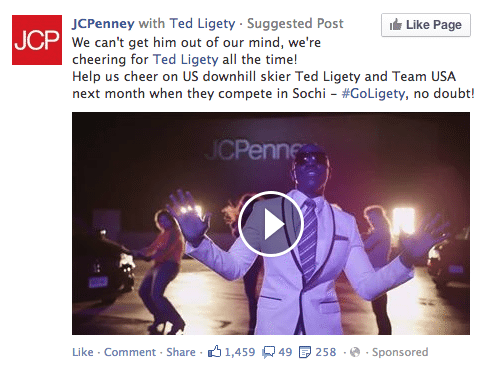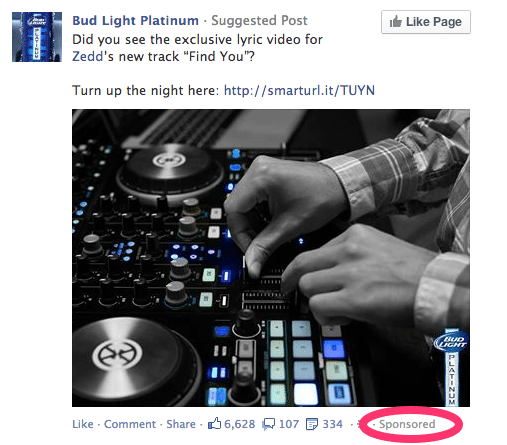We’ve known for a long time that text Facebook statuses don’t receive the same kind of engagement as other status types, but now the Facebook team is explaining why.
In a recent news post, Facebook Product Manager Chris Turitzin explained that the latest update to the News Feed ranking system treats text statuses from pages differently than it treats text statuses from Facebook friends. Mainly this is because the team has learned Facebook users aren’t as responsive to page-produced text statuses. As a result, the distribution of page-produced text statuses has decreased. Although text status distribution has decreased, the team notes that page owners could also see increased distribution and engagement with other status types. How can you work to improve your status distribution?
Add an image
If you, and your followers, love your verbose posts, add a relevant and attractive image to the post. Imagery is hugely important in social media, so if it’s applicable for your brand and your brand’s posts, experiment with adding in images.
Embrace the larger link previews
When the Facebook team enlarged the size of link previews, they did Facebook users a huge favor. Not only did it increase the amount of engagement these link posts receive, it also gave users an alternative to the link + accompanying picture post structure that we’d previously been forced to use. Since the link previews are actually attractive now, use them to your advantage!
Experiment with other types of posts
Get beyond the written word by trying posts that consist mostly or entirely of photos or videos. Thanks to the autoplay feature on Facebook, and the visual nature of both post types, they’re sure to grab users’ attention as they scroll through their News Feed.
Experiment with sponsored posts
The more the News Feed algorithm is altered, the more difficult it will be for brand posts to break through, especially if the brand hasn’t purchased a form of advertising to accompany it. Start experimenting now with boosting your posts. Experiment with the type of post you boost, the amount you assign that post, the audience you target and the length of the boost to help determine what works for your brand. This will help you better understand what does and doesn’t work for your brand, as well as what post material your followers do and don’t respond to.
If your brand is targeting teens, you’ll probably want to rethink your Facebook strategy. Here’s why.




